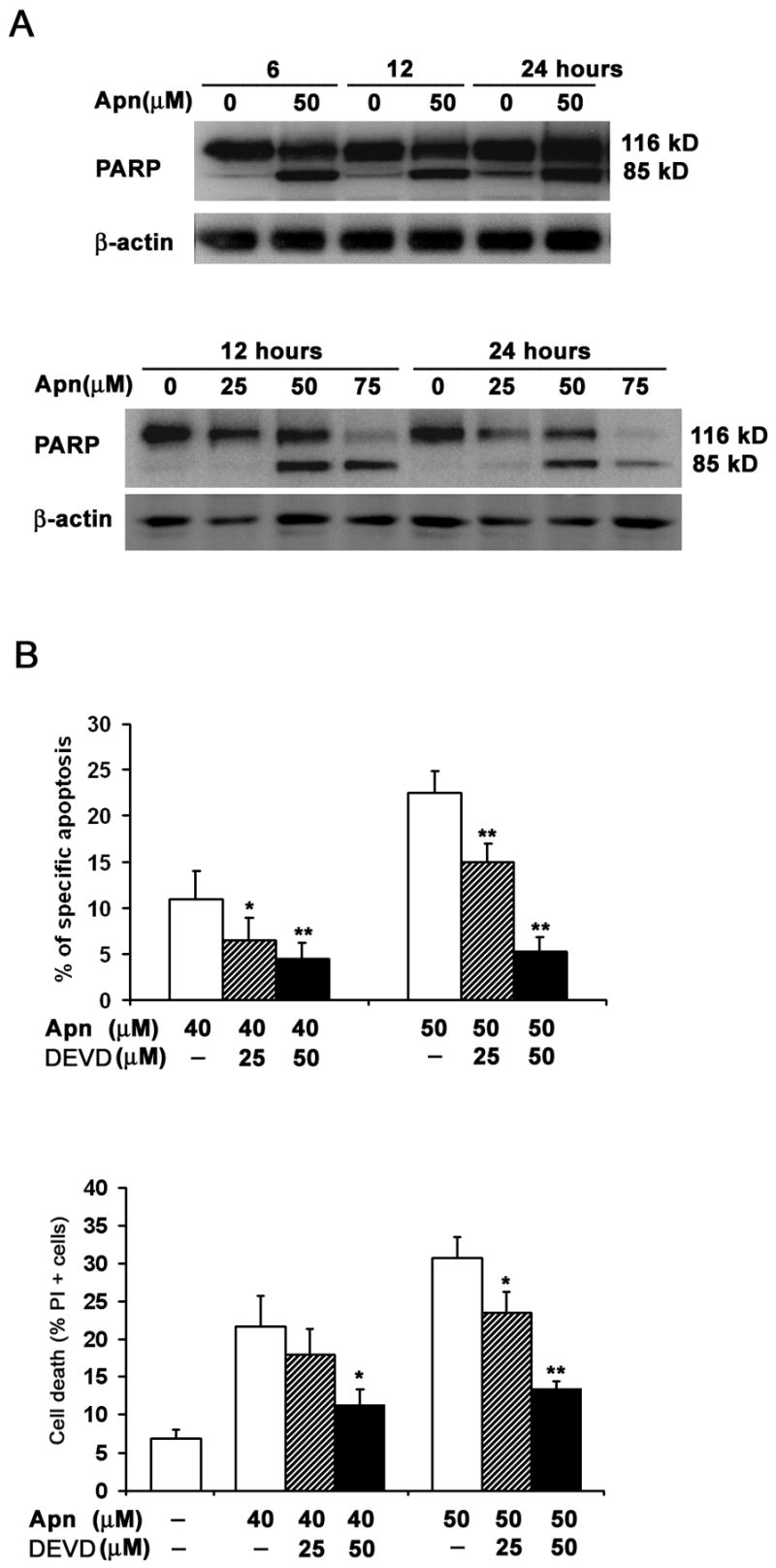Figure 2. Apigenin induces caspase-dependent cell death in human primary T cells.

A. Specific cleavage of caspase substrate PARP (poly (ADP-ribose) polymerase) during apigenin-induced apoptosis of CD4 T cells. Reactivated and then rested CD4+ T cells from short-term lines were treated with various concentrations of apigenin for 2 hours before transferring to plates for low-dose anti-CD3 re-stimulation lasting another 6, 12 or 24 hours (Upper Panel); or cultured further without anti-CD3 re-stimulation (Lower Panel). The CD4 T cell lysates were analyzed by immunoblot with anti-PARP antibody. PARP (p116) protein was cleaved to p85 fragment in apigenin-treated cells in contrast to DMSO vehicle control (“0” Apn).
B. Caspase inhibitor (DEVD for z-DEVD.fmk), which preferentially inhibits caspase-3 at the concentrations used, suppressed apigenin-mediated T cell apoptosis when compared with DMSO controls. Reactivated and then rested CD4+ T cells from short-term lines were treated for 24 h with 40μM or 50 μM of apigenin (Apn) alone, or pretreated with 25 μM or 50 μM z-DEVD.fmk for 1 h prior to the addition of apigenin. The percentage of apoptotic cells was determined by annexin V plus PI staining. Specific apoptosis calculated from all Annexin V+ T cells, as described in Methods (Upper Panel) and % of all PI+ dead cells (Lower Panel). Compared to DMSO control (−), z-DEVD.fmk markedly inhibited apigenin-mediated increase in apoptosis. The data represent at least three independent experiments, and values are mean ± SEM. * P <0.05; ** P <0.01.
